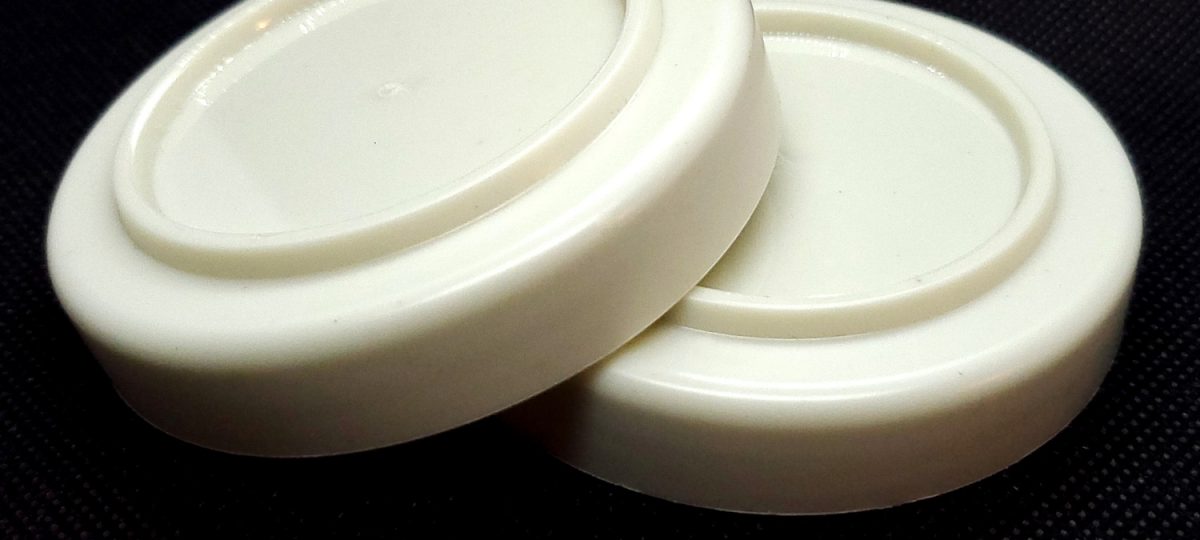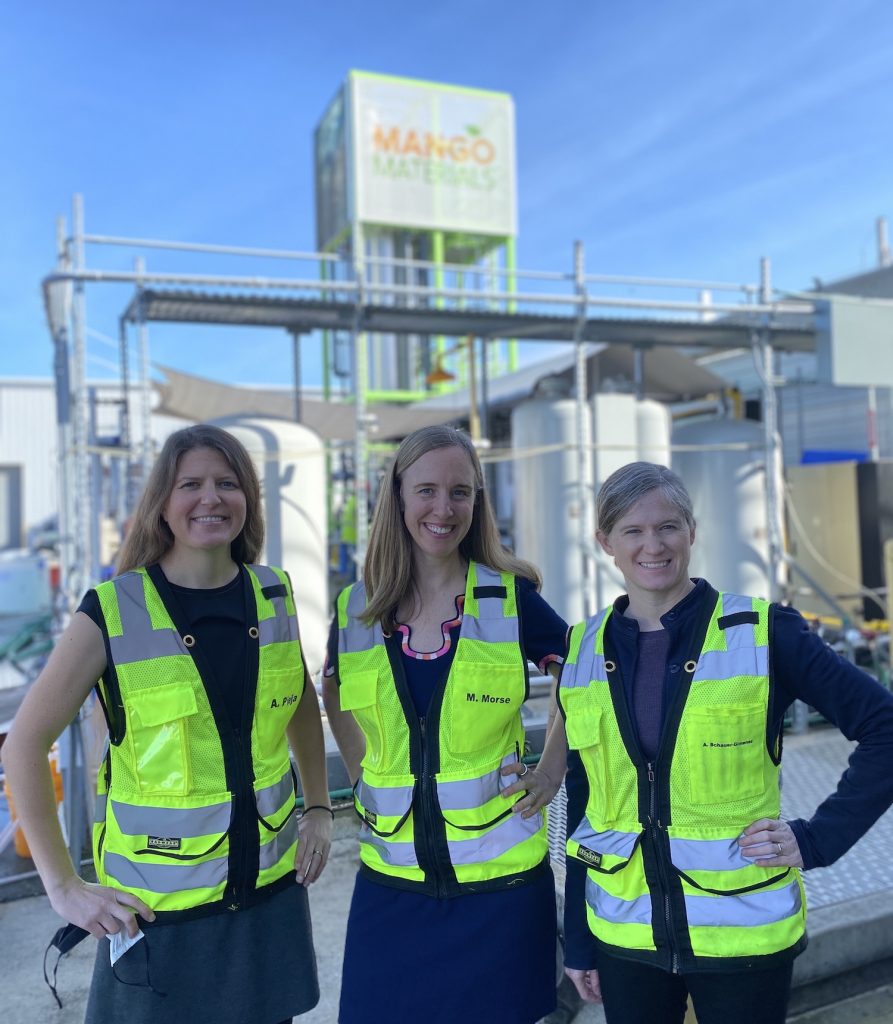The Daily Churn
California startup turns methane into biodegradable plastic

A new California startup aims to convert methane into virtually anything currently made with conventional plastics or polyester — from toys and backpacks to flexible film packaging.
Mango Materials‘ founders say they can capture the potent but short-lasting greenhouse gas from manure, creamery waste or from organic residuals to create durable products that are biodegradable and compostable.
“(We are) excited to be part of the revolution to change the plastics industry,” Molly Morse, CEO and one of the company’s three co-founders tells the Daily Churn.
She sees their products as an alternative to conventional plastics that the U.S. Environmental Protection Agency (EPA) says require 100 to 400 years to break down in landfills.
After use, according to Anne Schauer-Gimenez, co-founder and vice president of customer engagement at Mango Materials, their products re-enter the biogenic methane cycle as gas through the biodegradation process.
Turning a problem into a solution
Mango Materials say they can turn what most consider a problem — methane — into a solution for another problem: the global popularity of plastic.
In a company video, Morse explains conventional plastics, utilized in many places, tend to rely on fossil carbon while indefinitely polluting ecosystems.
Their methane-based alternative mitigates this issue.
When methane gas is captured, it can be put through a processing facility housing methanotrophs – a type of bacteria – that will “eat” it, turning the gas into a natural compound called a biopolymer.
Mango Materials in company literature compares these polyhydroxyalkanoate (PHAs) biopolymers to the way people and animals turn food into fat. When separated from the bacteria, these biopolymers can then be turned into a biodegradable plastic or bioplastic.
“There are so many uses for this biopolymer,” Schauer-Gimenez told us. “It makes a really interesting, closed-loop story that can be told at dairies, especially if they have a creamery business.”
Specifically, Mango Materials produces what they call YOPP and YOPP+ – that’s You Oust Polluting Plastics named as an ode to consumer empowerment, or small bioplastic pellets. (YOPP is derived from plant materials and YOPP+ is from methane)

The three co-founding women scientists pose outside their current facilities in the San Francisco Bay area. From left to right: Allison Pieja, Chief Technology Office; Molly Morse, CEO; and Anne Schauer-Gimenez, VP of Customer Engagement.
Harvesting methane
These are then sold to manufacturers who can turn them into usable consumer goods. Schauer-Gimenez says the pellets can even be melted down into a fiber to create fabric similar to polyester for clothing.
For now, Allison Pieja, co-founder and chief technology officer, says while they currently source their methane from wastewater in the San Francisco Bay area, they are eager to expand to other industries with new investors confident in their process.
For their efforts, Mango Materials received $150,000 in 2012 from the National Science Foundation (NSF) to scale their new plastic-making process.
They also won the Postcode Lottery Green Challenge that year, one of the largest competitions within the sustainable entrepreneurship community, netting their company an additional €500,000 (around $608,000).
They have received additional grants since then too, including from NASA. For this research (called A Novel, Membrane-Based Bioreactor Design to Enable a Closed-Loop System on Earth and Beyond), the startup worked with Colorado School of Mines to conduct further research.
Because dairy offers methane from multiple sources, Morse notes this can increase the value of the methane gas. At the same time, she adds, both farm and company growth could encourage biomanufacturing activities and jobs in rural settings.
Carving out a new future
The co-founding trio see PHAs as appealing because they break down back into their natural state – even when disposed of incorrectly.
By returning to methane gas, these products can ultimately be recaptured, creating a closed-loop system, according to Schauer-Gimenez. But other corners of the scientific community are cautious about these new plastics.
While biodegradable and compostable, Ramani Narayan, professor of chemical engineering and materials sciences at Michigan State University tells the Daily Churn that the type of soil and environment will impact the decomposition process.
If it ends up in the wrong place, Narayan believes they could still spell trouble for wildlife.
“It does not absolve anyone of saying, ‘Oh it’s biodegradable so I am free; let me throw it anywhere,’” he explains. “There is that fine line between calling it a solution to calling it a useful property attribute.”
The team at Mango Materials, however, is convinced their products are safe.
“As a conventional polyester replacement,” Schauer-Gimenez points out, “a YOPP fiber can biodegrade in a coastal environment such as the San Francisco Bay in six weeks at a depth of 15 feet.”

The PHA pellets derived from methane emissions are sold to a variety of buyers who can use them in lieu of traditional plastics.
On the farm
By shifting to other industries, such as dairy, she notes they can increase their production, which could further reduce the need for non-biodegradable fossil carbon-based plastics.
Along with other methane gas sources including landfills and food processors, a Mango Materials facility could be customized to a farm setting.
One way to do this, Schauer-Gimenez notes, would be to build one alongside an anaerobic digester at a dairy farm capturing methane. Then it could be converted on-site.
Having worked with dairy farms in the past, she is excited to explore the dairy potential on the horizon.
“I personally would love to see Mango Materials technology on farms in the future.”
:: All images by Mango Materials

Excelent, we want to BE partner in Portugal,
This sounds like an awesome closed loop system. But my question is: do you source methane from CAFOs? Cattle who eat corn have gas (methane), cattle on pasture have less gas because their digestive systems are not evolved for corn.